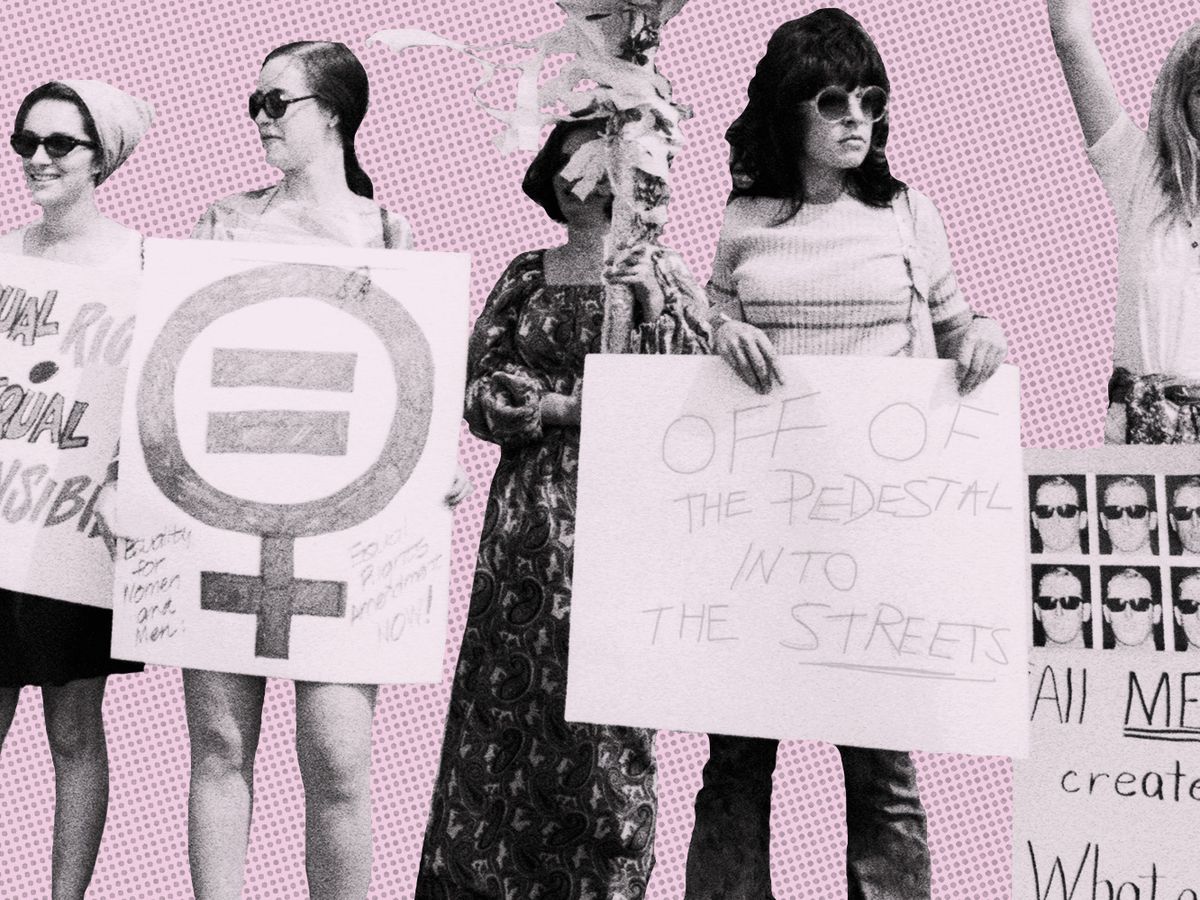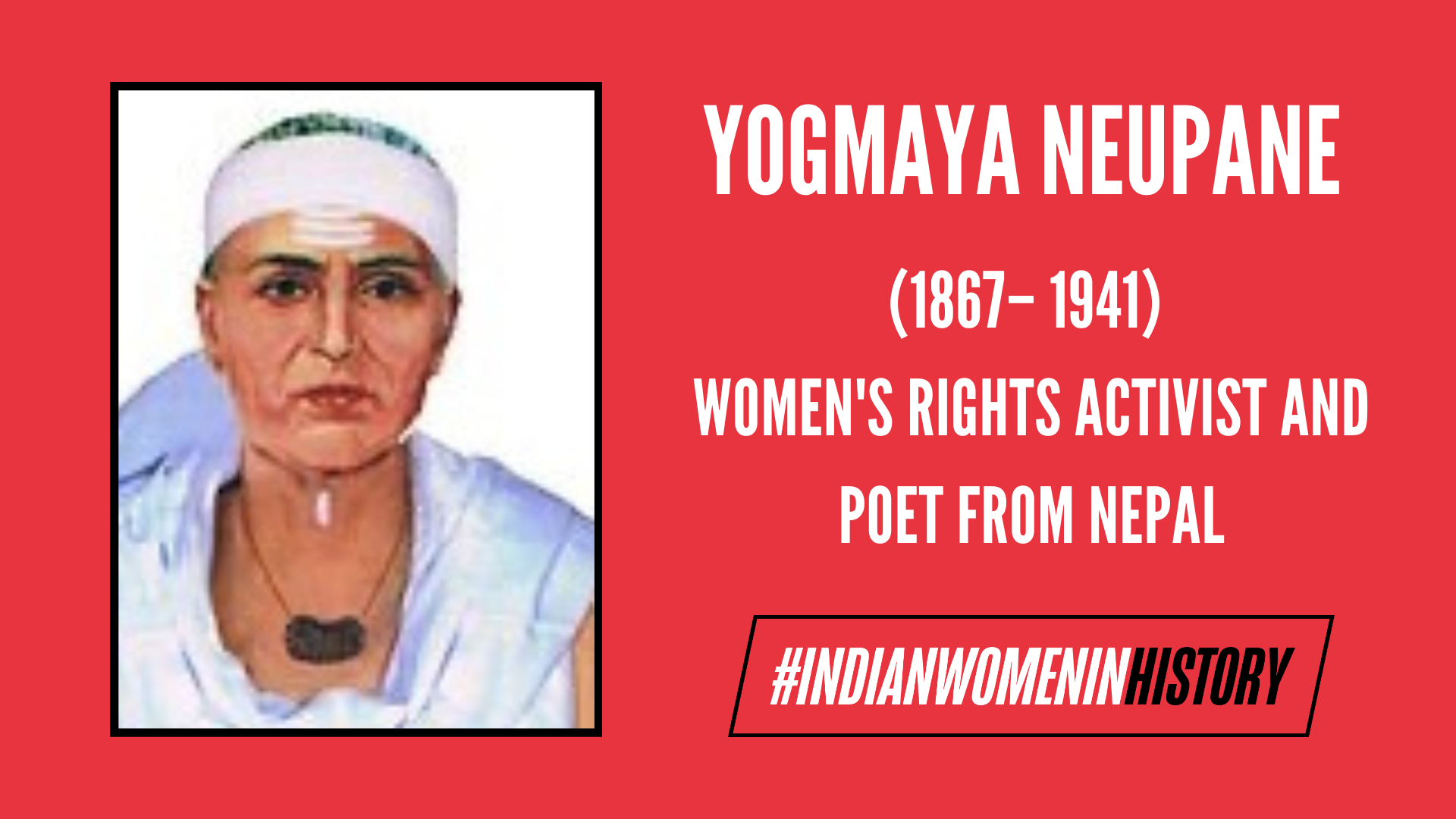Feminism has had a lengthy and complex history, which makes sense for one of the oldest movements in the world. While feminist ideals may have existed since the Middle Ages, the disparate causes that advocated for equality of genders started to combine to form a distinctly recognizable movement in the 19th century.
Experts frequently categorize the history of contemporary feminism into four waves or segments. Every wave of feminism was centered on particular feminist issues and occurred during a particular time period. In this article, we will examine the accomplishments of each feminist wave as well as the tasks that remain to be completed in order to attain full equality.
The Four Waves of Feminism
Feminism as we know it today is a consequence of over a century of active protests and advocacy. This long timeline has been divided into four parts or waves as highlighted below:
The First Wave (1848-1920)
Modern feminism began as a real political movement in the later part of the 19th century, although the ideals of feminism have existed long before this period. In 1848, a group of women gathered in a church at Seneca Falls in New York in the first women’s rights convention to be organized by women.
This convention had about 200 women in attendance and was organized by Elizabeth Cady Stanton and Lucretia Mott. The women signed and published what is now known as the Declaration of Sentiments. This document affirmed the equality of women with men and included about 12 other resolutions advocating for specific rights for women.
What It Accomplished
Suffrage was the biggest and most controversial issue tackled by the first wave of feminism, but the resolutions of the Declaration of Sentiments also included other issues related to a woman’s reproductive, religious and social rights. The goal of these resolutions was to ensure that society recognizes women as humans, equal in value to men rather than being mere property and after several decades of active advocacy, the United States Congress passed the 19th Amendment in 1920, granting women the right to vote.
However, this early wave of feminism was tainted by racism, which was quite rife at the time. Black women didn’t get the right to vote until 1965 when the Voting Rights Act was passed into law.
The Second Wave (1963-1980s)
The Second wave of feminism was initiated during the 1960s. It was fuelled by a book entitled The Feminine Mystique by Betty Friedan. In her work, Friedan argued that women were being limited by the confines of traditional feminine roles. The second wave of the movement was also inspired by the Civil Rights Movement that was very much popular at the time.
What It Accomplished
The second wave of feminism focused on the institutions that limited women. This movement challenged the main reasons for the continued oppression of women, particularly traditional family or gender roles. It also called for an end to sexist discrimination. The mid-20th-century wave of feminism led to some major victories for the movement. Examples include:
- Equal Pay Act of 1963
- Reproductive freedom gained through landmark Supreme Court rulings such as the Griswold v. Connecticut (1965) and Roe v. Wade (1973).
- The second wave resisted stereotypical roles for women as being merely homemakers and mothers. This led to an increase in the US labor force participation rate for women.
- The 1972 Equal Rights Amendment (unfortunately, was not ratified because it fell short of the number of states).
- Emergence of the three forms of modern feminisms (liberal, radical and cultural).
The Third Wave (the 1990s)
The third wave of the women’s movement began in the 1990s. Marie Toland, senior editor at Slotozilla, points out that it built on the success and victory of the second wave, but with extra efforts to address some of its challenges. The proponents of the third wave were particularly interested in ending sexual harassment at work and putting more women in positions of power.
What It Accomplished
The third feminist wave was committed to resisting the idea of “universal womanhood” and demanded women be independent and assertive. This allowed them to redefine feminine beauty in their own terms and not be constrained by the norms imposed by the sexist patriarchy. The movement reclaimed historically derogatory terms like “slut” and “bitch”, turning sexism on its head.
The third wave also recognized the intersectionality of oppression on the basis of race, class and gender. Feminists at this point made an effort to be inclusive in their agenda since they recognized the overlap of their oppression and that of other oppressed groups.
The Fourth Wave (Current)
The fourth wave of feminism is less clearly defined, compared to the earlier phases of the movement. In fact, some people consider it as a continuation of the third wave rather than an entirely different phase since it isn’t characterized by a significant shift in the system.
The most remarkable component of the fourth wave is that it leverages social media activism significantly, which is expected in the current technological age. The fourth wave of feminism also focuses on inclusivity and challenges some of the “achievements” of past waves in terms of empowerment, equality and freedom, driving conversations about what they really mean.
What It Has Achieved
It might be too early to start counting the results of the current wave of feminism since it began a little over a decade ago. However, one could say that this wave of feminism has seen a mass adoption of the movement and amplification of women’s voices thanks to social media. Several feminist campaigns and movements (such as the #MeToo) have gone viral over the years leading to real world impact and policy changes.
The current wave of feminism has also exposed some deep-seated systemic issues like abuse of power, systemic sexism, and sexual misconduct against women. Topics like consent, rape, objectification of women and so on are now being discussed more actively in public conversations as a result of the current wave.

What Is Still Missing
Feminism is an evolving movement. Rick Slot, chief editor at Slotozilla, notes that while it has achieved significant strides and real world impact over the years, there remain a few areas that are yet to be fully addressed by the movement. Some of the missing pieces include:
- Shifting the focus from “individual strength and independence” to collective liberation.
- Addressing the root cause of inequality.
- Inclusion of other groups.
- A global consolidation that takes the specific needs and contexts of women in different societies into consideration.
The table below summarizes the key differences between the four waves of feminism:
| Feature | First Wave | Second Wave | Third Wave | Fourth Wave |
| Approximate timeframe | 1848-1920s | Early 1960s – early 1980s | 1990s – early 2010s | 2010s – present |
| Primary focus | Legal and political equality | Social, economic, and cultural liberation | Diversity, individual expression, and identity | Digital activism and accountability |
| Key issues | Right to vote (suffrage), property rights and access to education | Reproductive rights and workplace equality | Reclaiming femininity and challenging beauty standards | Sexual harassment and inclusion |
| Notable achievements | 19th Amendment | Equal Pay Act (1963) | Individuality and independence | Mass mobilization and awareness |
Conclusion
No one can predict for certain what the future of feminism will look like. One thing is certain, though: over the years, the movement has made great strides for women and other underrepresented groups. In the years to come, feminism in its current form has the potential to further progress the cause of women’s liberation and empowerment.
About the author(s)
Partner Content is carefully curated and socially relevant sponsored content created by FII's marketing team. It is separate from FII's editorial content and is identified as sponsored.




